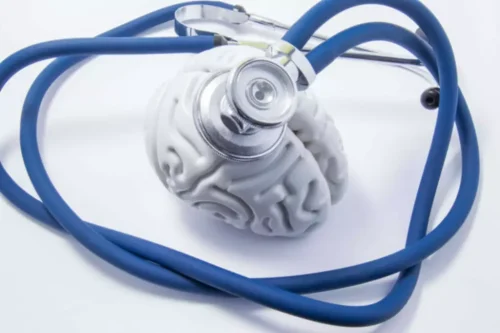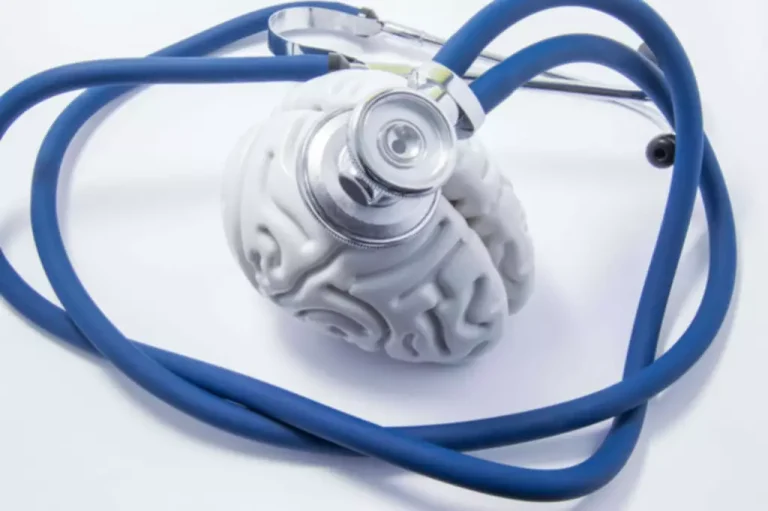
Because not every case of alcoholism is the same, tailoring addiction treatment to the individual person may help improve rates of success. If you are struggling with alcohol misuse despite negative personal, professional, and health consequences, you may fit into one of the five types of alcoholism or alcoholics. They also have a later age of first drinking (average of 19 years) and a later onset of alcohol dependence at anaverage of 37 years. They tend to drink alcohol every other day, an average of 181 days per year, and they consumefive or more drinks on 54% of those days.
Support and Resources for Alcoholics and Their Families

While some young adult alcoholics may be able to quit drinking on their own, many require professional help to address underlying emotional issues that contribute to their alcohol use disorder. These modern perspectives on typologies of alcoholics have provided important insights into the defining characteristics and treatment needs of different subgroups. By tailoring treatment approaches to specific types of alcoholics, healthcare professionals can improve outcomes and address the unique challenges faced by individuals struggling with alcohol addiction. Yes, cognitive-behavioral therapy can be an effective treatment for young antisocial alcoholics who struggle with underlying psychological issues such as anxiety, depression, and antisocial behavior. This type of therapy can help individuals learn new coping mechanisms and develop healthy habits to replace harmful behaviors like heavy drinking. By recognizing the different types of alcoholics, professionals can tailor treatment approaches, interventions, and support systems to address the unique needs of each subtype.
Chronic Severe Subtype
By identifying these subtypes, professionals can develop tailored treatment plans to address individual needs effectively. They have the highest rates of attendance at self-help groups, detoxification programs and specialized rehabilitation programs, and the highest rates of treatment in inpatient programs. When seeking treatment, they tend to turn to social workers, psychologists, psychiatrists and private physicians. Almost27%of intermediate familial alcohol dependents have sought help for their drinking problem. They tend to prefer self-help https://ecosoberhouse.com/ groups, detoxification programs, specialty treatment programs and individual private health care providers. Previous efforts to identify alcoholism subtypes focused primarily on individuals who were hospitalized or otherwise receiving treatment for their alcoholism.

Common Behaviors and Patterns
After all, heavy drinking, even to the point of danger, is glamorized on most college campuses, so young adults with addictions may believe they are no different than anyone else their age. The best way to find a successful treatment program is to understand alcohol issues in-depth. Of the alcoholism subtypes, functional individuals are less likely 5 types of alcoholics to relapse. However, identifying similarities can help people identify what kind of alcoholic they are.
Power Tips for Managing Mental Health Post-Pandemic
Experts in the field of addiction say these categories are more than just labels — they can also be useful tools in treating alcoholism. Because there’s no one-size-fits-all solution when it comes to treating an alcohol addiction, understanding a person’s alcoholic subtype can help patients and physicians identify the most effective form of treatment. The largest percentage of alcoholics fall into this group, as NIAAA publishes that 31.5 percent of all alcoholics in the United States fit this subtype.
- One way to help remove that barrier to treatment would be to support these people in seeking affordable insurance options, treatment grants, scholarships, or loans.
- Their alcoholism usually manifests by the time they are 18 or 19, and more than half come from families with alcoholism.
- These alcoholics generally do not seek treatment, but those who do tend to partake in self-help groups, specialty treatment programs, and detoxification programs.
- There’s no obligation to make any decisions right away and all calls are 100% confidential.
Effective Ways to Manage Symptoms

The Substance Abuse and Mental Health Services Administration (SAMHSA) publishes that co-occurring mental health disorders and addiction are common, as about 8 million adults in America battled both in 2014. This category of alcoholics generally start drinking at a young age of 15 and develop alcohol dependence at an early age of 18. According to the National Institute on Drug Abuse, consuming alcohol before the age of 15 increases the chances of developing an AUD later in life. These individuals are six times more likely to suffer from AUD as an adult in comparison to other subtypes of alcoholics. Long-term alcohol abuse can cause damage to the liver, pancreas, and other vital organs, leading to a range of serious health problems.
How to approach a loved one who may be struggling with alcoholism?
To learn more about alcoholism, addiction, and rehabilitation, please do not hesitate to get in contact with Rehab 4 Alcoholism today. Within a group such as this, individuals can talk about the issues they faced while addicted in a judgement-free environment around others who may have similar experiences. Two of the most effective addiction treatments are outlined in the following subheadings.
No comment